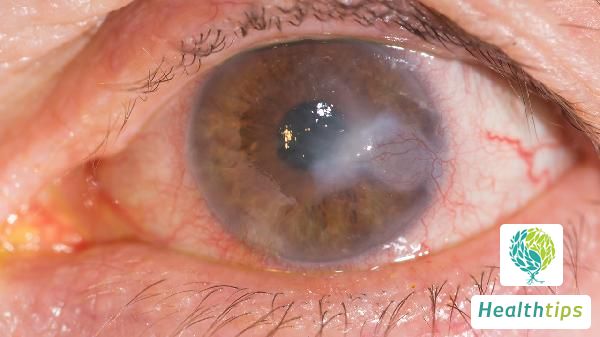"What Are the Four Conditions to Be Aware of When the Ulna Epiphysis Is Absent?"
The absence of the ulna epiphysis may suggest abnormal growth and development, endocrine disorders, genetic diseases, or malnutrition. It is advisable to consult a professional doctor for examination and evaluation as soon as possible. The ulna epiphysis is one of the important indicators of bone growth and normally appears at specific ages. If the epiphysis fails to develop on schedule, it may indicate a problem in the body's bone growth process. Our bones gradually transform from cartilage to hard bone, and the formation and closure of the epiphysis are closely related to hormone levels, nutritional intake, and genetic factors.

Firstly, abnormal growth and development is a possibility, such as growth hormone deficiency. Inadequate secretion of growth hormone in the body can affect the normal development of the skeleton, often accompanied by short stature and disproportionate body proportions. Secondly, endocrine disorders cannot be overlooked, especially hypothyroidism or insufficient sex hormone secretion, which can significantly slow down bone development; these issues are generally accompanied by symptoms such as fatigue and poor appetite. Thirdly, certain genetic diseases, such as achondroplasia, may directly lead to delayed appearance of the epiphysis. Fourthly, malnutrition, especially calcium and vitamin D deficiency, can delay the growth of the epiphysis. A balanced diet is particularly important, and it is recommended to increase the intake of foods rich in protein, calcium, and vitamin D, such as dairy products, fish, eggs, and soy products. If endocrine problems are suspected, regular monitoring of hormone levels is necessary. Meanwhile, maintaining moderate exercise (such as jogging and skipping rope) can promote bone development. For individuals with a family history of specific genetic diseases, regular physical examinations and bone age assessments for children are recommended. If a child's height is below average for their age group and their growth and development are significantly delayed, it is crucial to seek medical attention promptly for professional diagnosis and treatment by a doctor.



















